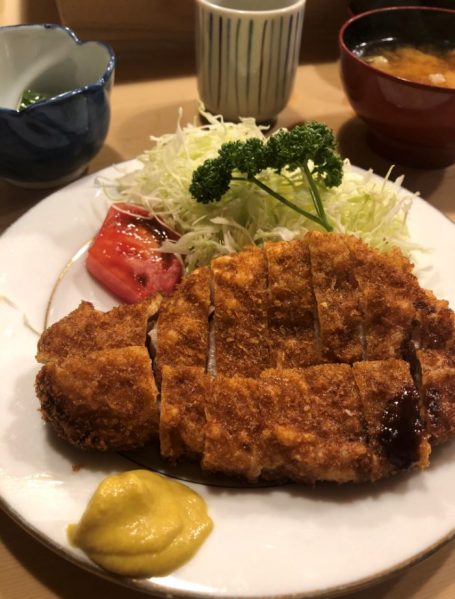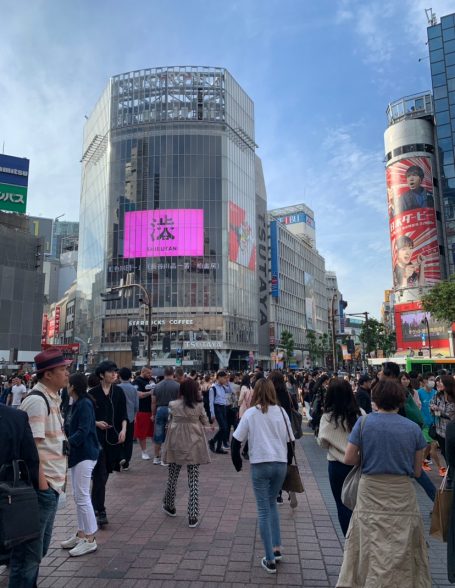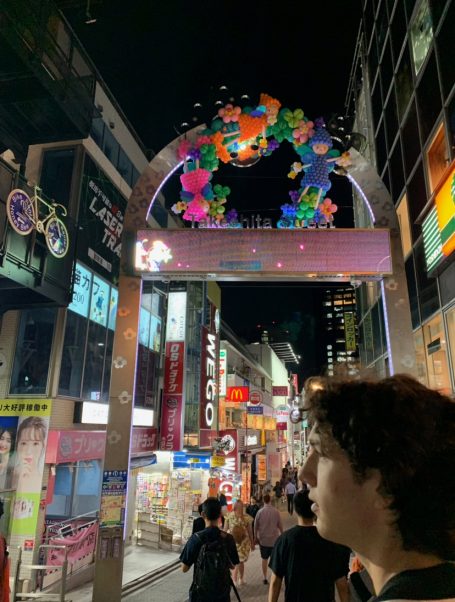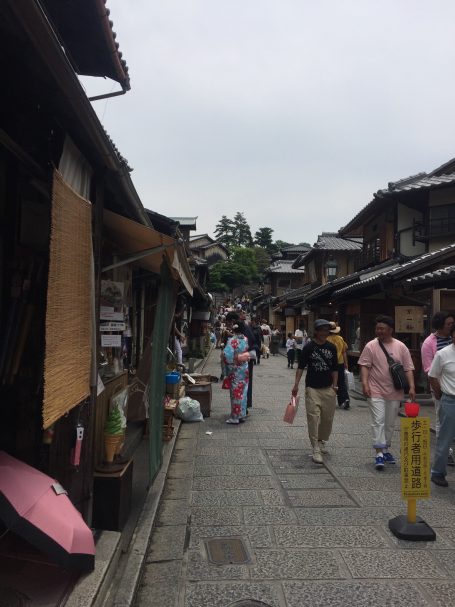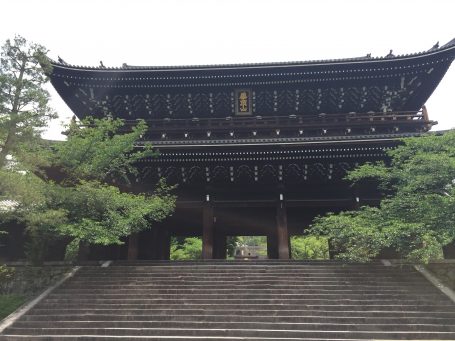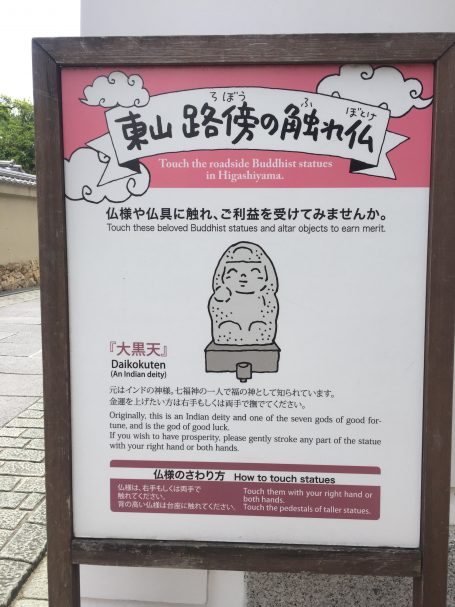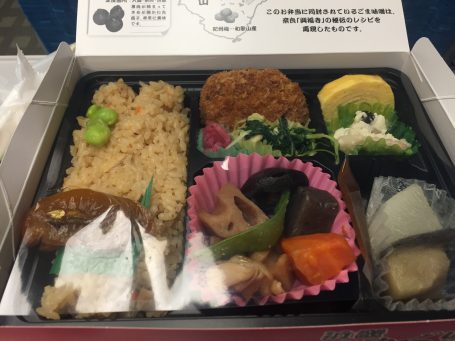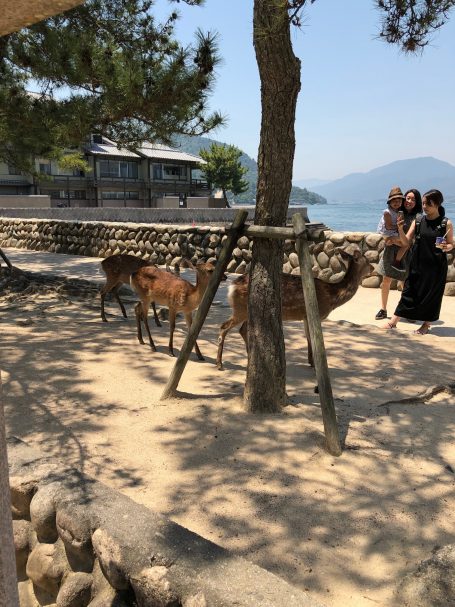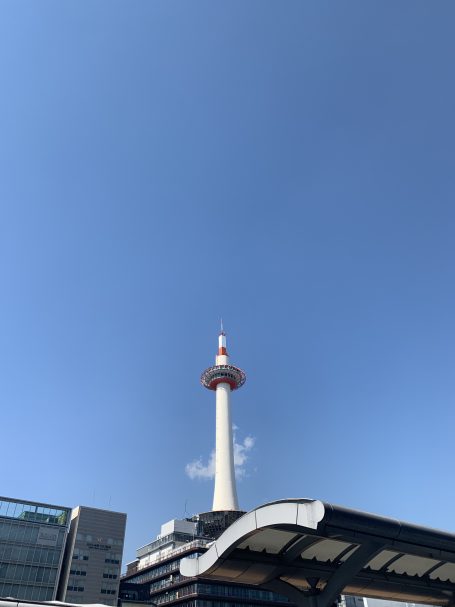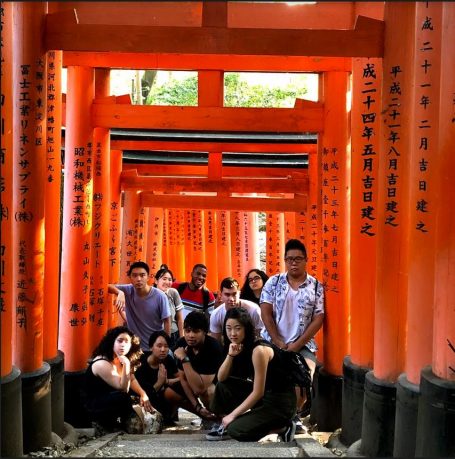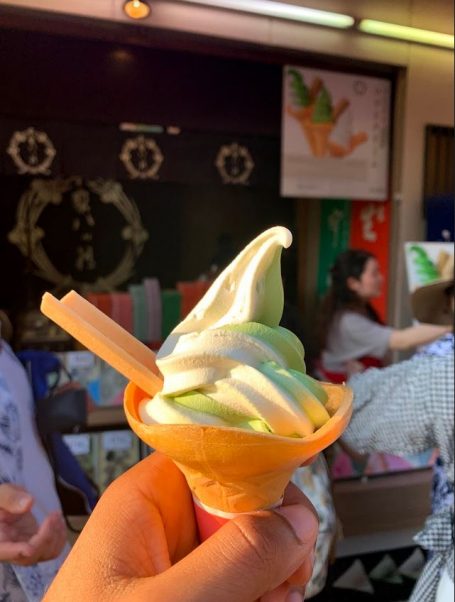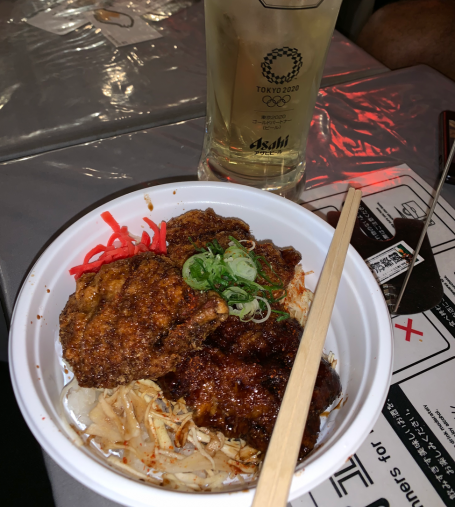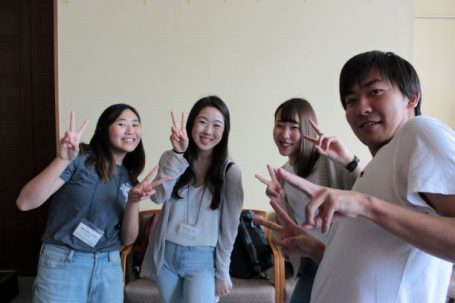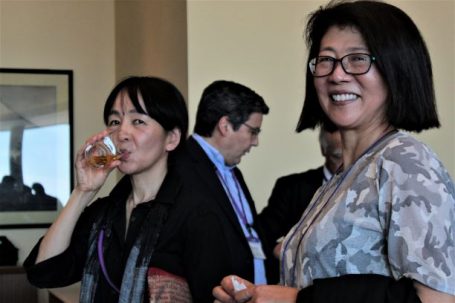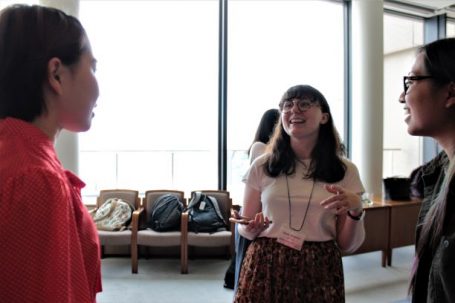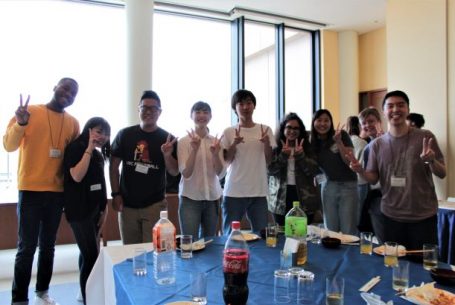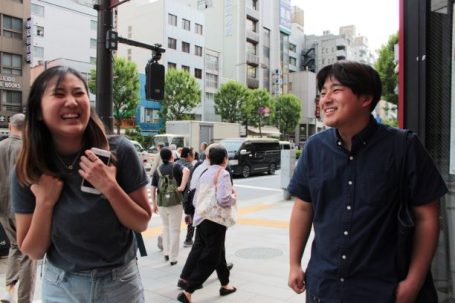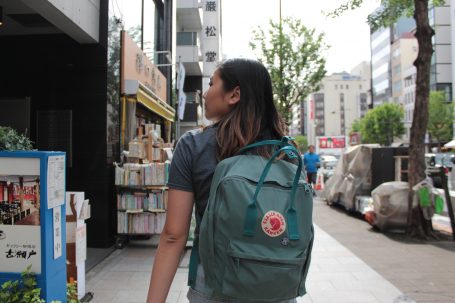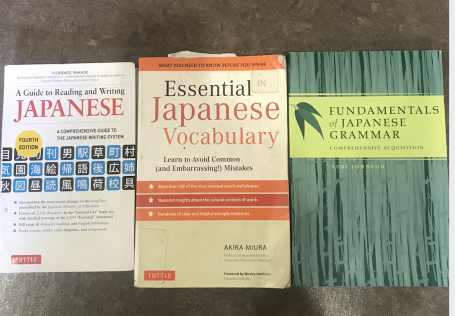By: Asha Rao
Today my roommate, Shon, and I woke up at a glorious 7:00 am to get ready for our departure to the Kiyosato retreat facility. The morning meeting time may not have been the most favorable for my coffee-depleted body, but I have been waiting for this chance to travel and bond with all our Meiji supporters! We get to experience the beautiful mountainside, the precious moments with our supporting students, and (of course) the gorgeous yellow and white facade of google slides. To head over to the retreat facility, we hunkered down road-trip style and all filtered into a giant bus. I was honestly surprised at how many people were able to fit themselves and their luggage into one vehicle, but perhaps that is my American mind speaking. I honestly wish I could report more about the bus ride itself, but I was insanely tired and passed out. From my few waking moments, however, I can attest to the incredible beauty of the Japanese countryside. The green is almost overwhelming; a huge contrast to my perpetually dehydrated lawn back in Texas!
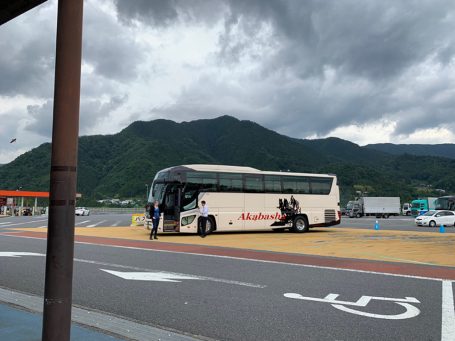
This picture was taken at our first pit stop along the ride.
We took our first pit stop about an hour down the road and we were allowed to grab a meal. I had an enormous bowl of soba and some tempura on the side, and I feel like I must say that the Japanese portion size is not always smaller than the American one! If it’s even possible, I slept way harder on the next leg to the retreat center with all those delicious noodles in my stomach. Our bus finally pulled into the parking lot of the retreat center around 3:00 pm, and we shuffled into the building to get checked in.
I honestly can’t believe that we were given the opportunity to spend time in such a gorgeous building. It is so spacious and peaceful, and the amount of natural light makes it look even larger. My roommates are named Haruno and Kaori. They aren’t the supporters for my project, but I’m really looking forward to getting to know people outside my immediate reach. Learning how to bypass this language barrier has provided such valuable lessons, both in my deliberateness with speaking, but also my creativity in explaining things! I have, of course, been constantly in awe with Japan and the opportunities this visit has offered me, but I think something about sharing a home with this crazy, diverse lot has really struck me. I will absolutely cherish my time here in Japan, and although we have a week left, I’m already starting to miss it.
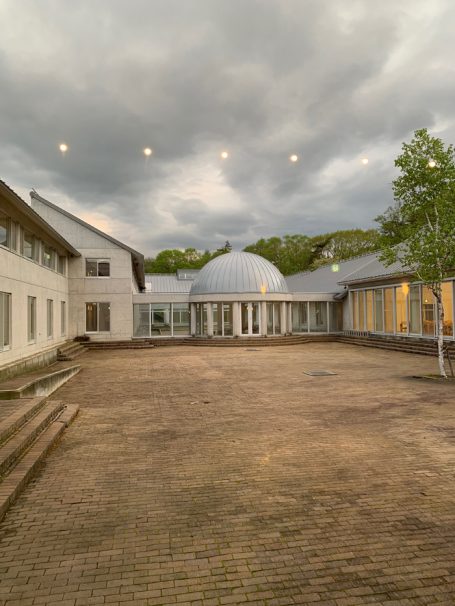
The inner courtyard of the Kiyosato retreat facility!
After being served a strikingly DELICIOUS dinner, our entire group went outside to celebrate the start of the retreat with some sparklers and fireworks! I never imagined trying to light sparklers on fire could be such a social activity, but I think we really began to bond while shoving flammable fire sticks in each other’s faces. Once the fireworks finished, we headed inside to work in our groups to finish and/or polish our presentations for tomorrow (eek!). I imagine I’ll have to stay up late to finish my preparation work, but my excitement from finally seeing everything my friends have been working on these past couple weeks is giving me the energy to stick it out. I hope tomorrow is a collective win for all us USC and Meiji students!
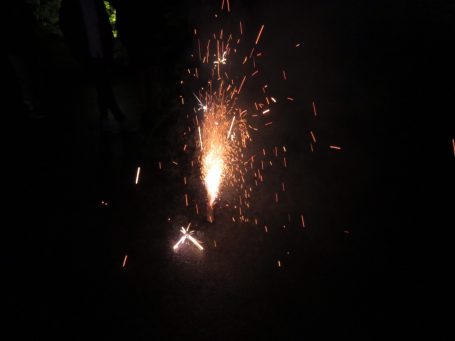
Sparklers at the retreat

GEA Japan scholars and Meiji Students enjoying the sparklers and fireworks


